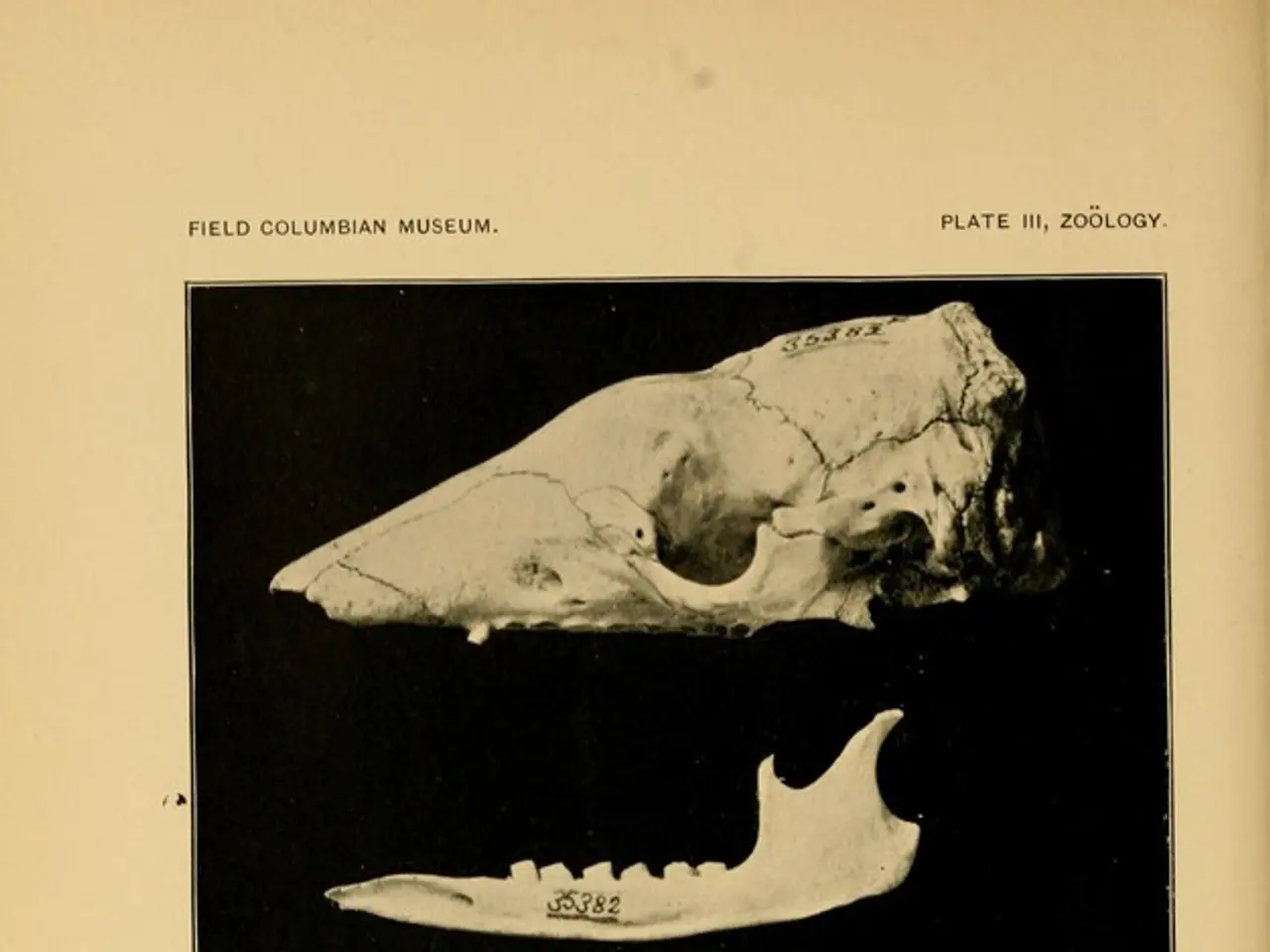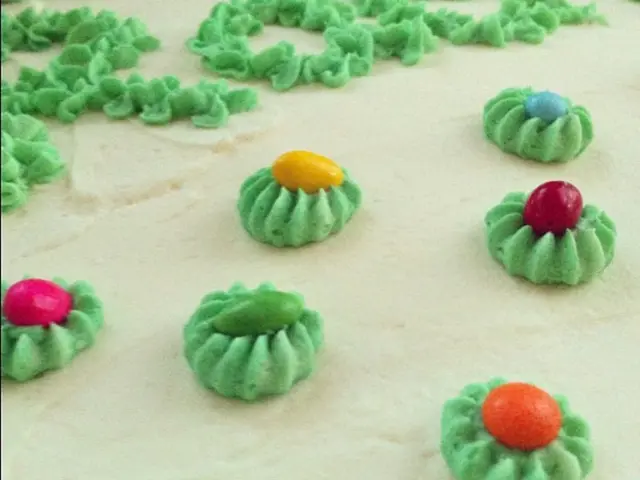Bone Marrow Transplants: From Pioneering Milestones to Modern Standards
The field of bone marrow transplants has seen remarkable advancements since its inception in the early 1900s. The first successful procedure between related donors was performed by Dr E Donnall Thomas in 1956, paving the way for further developments.
In 1958, Dr Georges Mathé achieved another milestone by performing the first successful transplant between unrelated donors. This breakthrough was made possible by the discovery of human leukocyte antigens (HLA) by Dr Jean Dausset in the same year. HLA compatibility is crucial for successful transplants, and Dausset's work earned him the Nobel Prize in 1980.
The first bone marrow transplant for non-cancer treatment was performed in 1968 by Dr Robert Good. Two types of stem cells were discovered in bone marrow in 1960: blood or haematopoietic stem cells and stromal stem cells, furthering our understanding of the procedure.
The first bone marrow transplant between unrelated patients was performed in 1973. This marked a significant step towards making the procedure more accessible to a wider range of patients. In 1988, the World Marrow Donor Association (WMDA) was established to facilitate international cooperation in this field.
Today, bone marrow transplants are a standard treatment for various blood disorders and cancers. The establishment of registries like the New Zealand Bone Marrow Donor Registry (NZBMDR) in 1996 has ensured a steady supply of donors, making these life-saving procedures more feasible.





